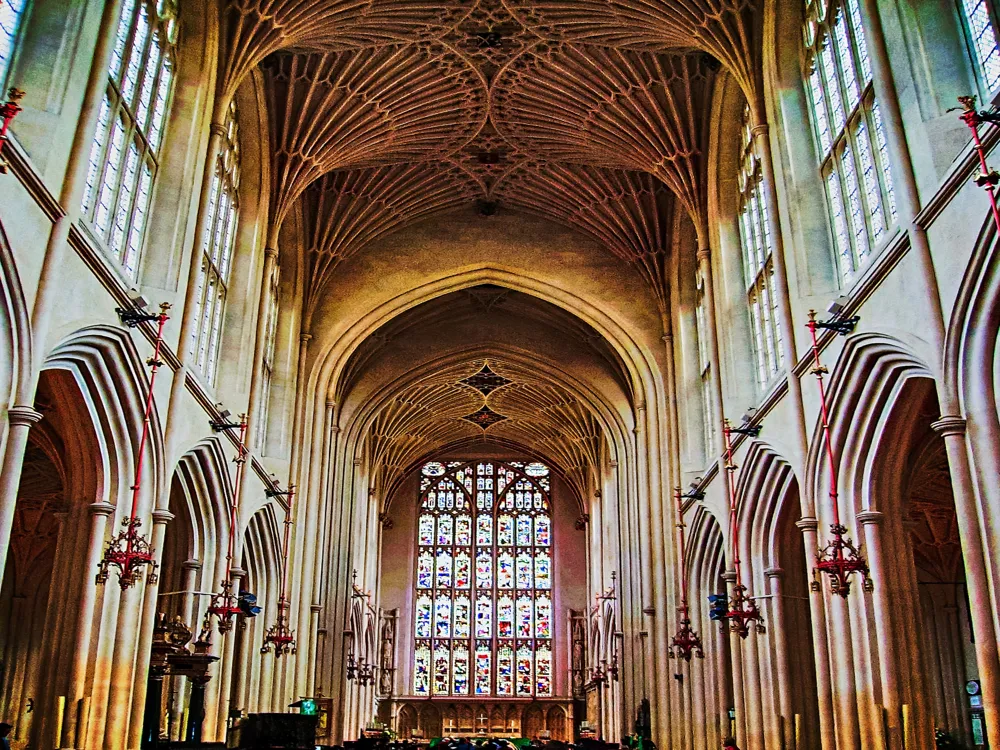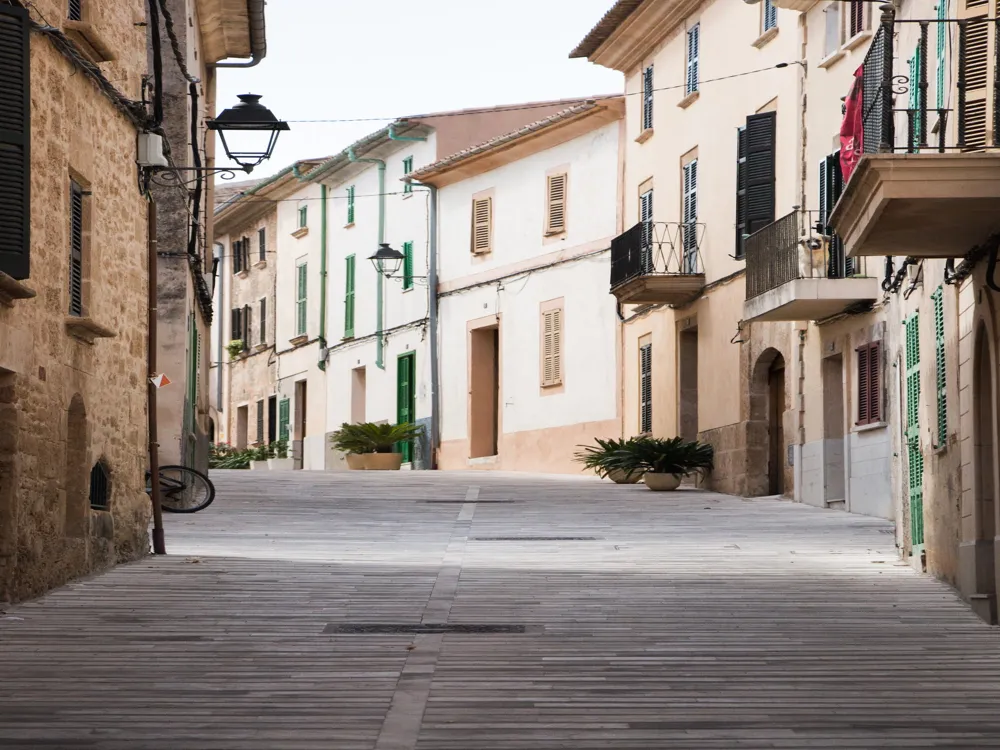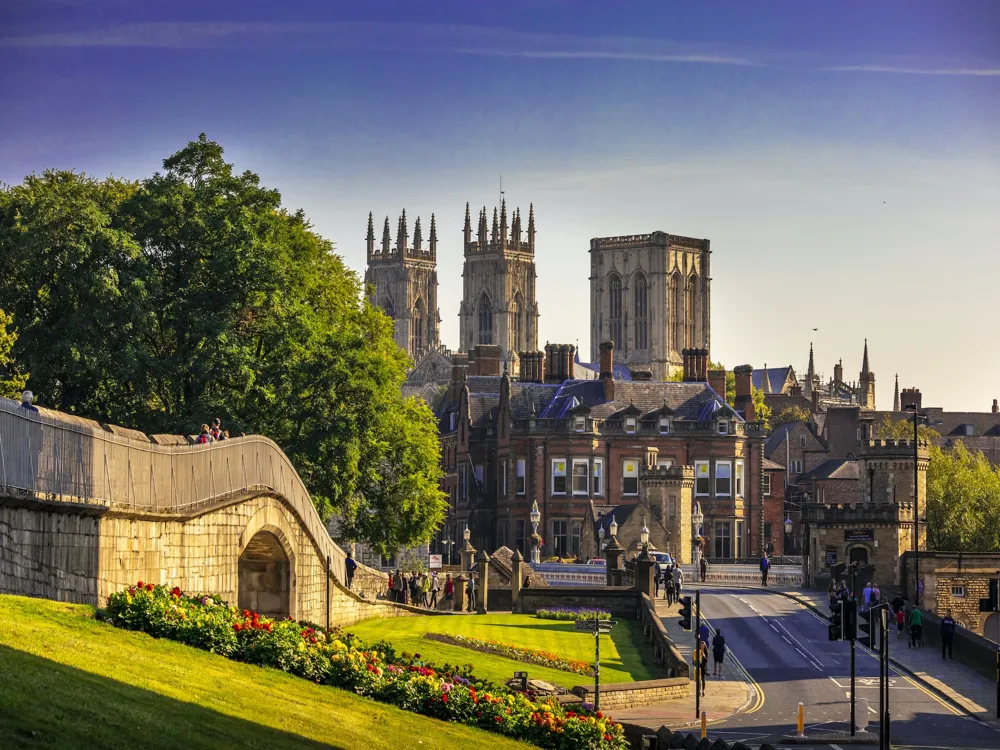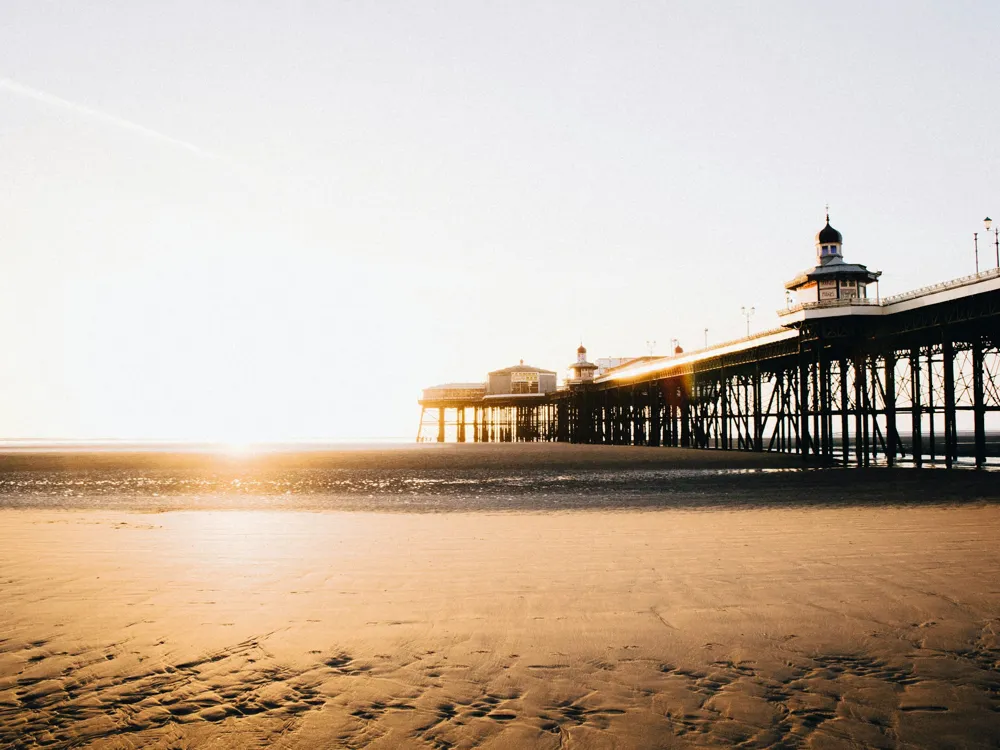Nestled in the picturesque landscape of Bath, Sion Hill stands as a testament to architectural brilliance and historical richness. This magnificent area, renowned for its Georgian-style architecture, offers a unique glimpse into the elegant urban planning of the 18th century. The harmony of classical facades, cobbled streets, and lush greenery creates an enchanting atmosphere, making Sion Hill not just a destination but an experience. Visitors are captivated by the panoramic views of the city and the serene River Avon, making it a cherished landmark in Bath. The history of Sion Hill is intertwined with the growth of Bath as a spa city. It emerged as a hub for the elite, with its development closely linked to the city's prosperity in the Georgian era. The area's architectural masterpieces, primarily designed by renowned architects of the time, reflect the sophistication and social status of its initial inhabitants. Today, Sion Hill continues to attract visitors worldwide, drawn by its historical significance, architectural beauty, and the tranquil yet vibrant life it offers. The architecture of Sion Hill is a splendid showcase of Georgian elegance and symmetry. The buildings, characterized by their honey-colored Bath stone, feature iconic elements like sash windows, iron railings, and ornate doorways. The townhouses, often terraced, exhibit fine examples of neoclassical design, with attention to detail and proportion being paramount. Notable architectural landmarks include the Royal Crescent and The Circus, which are quintessential examples of Georgian architectural prowess. The architectural journey of Sion Hill is marked by the influence of prominent architects like John Wood the Elder and John Wood the Younger, whose visions shaped the area's distinct appearance. Their designs were inspired by ancient Roman and Greek architecture, aiming to create a sense of grandeur and timelessness. The meticulous planning of streets, squares, and crescents ensured a cohesive aesthetic throughout Sion Hill, making it a harmonious architectural ensemble that delights and inspires. Spring and early autumn offer pleasant weather, making them ideal times to explore the outdoor beauty of Sion Hill. Consider staying in one of the historic Georgian townhouses turned B&Bs for an authentic Bath experience. Don't miss trying the famous Bath buns and afternoon tea at a local café. Join a guided walking tour to gain insights into the rich history and architecture of Sion Hill. Utilize Park and Ride services to avoid the busy city center traffic. Sion Hill, located in the heart of Bath, is easily accessible by various modes of transportation. For those traveling by car, Bath is well-connected through major highways. Public transport options include trains and buses, with Bath Spa railway station being the main hub for visitors arriving by train. The city's comprehensive bus network also provides convenient access to Sion Hill. For international visitors, the nearest airport is Bristol Airport, from which you can take a bus or taxi to Bath. Once in Bath, the compact nature of the city makes it ideal for exploring on foot or by bike. There are several bike rental services available for those who prefer a more active way to tour the city. Additionally, hop-on-hop-off bus tours offer a flexible way to navigate Bath's landmarks, including Sion Hill. Read More:Overview of Sion Hill
Architecture of Sion Hill
Tips When Visiting Sion Hill
Best Time to Visit
Accommodations
Local Cuisine
Guided Tours
Parking and Transport
How To Reach Sion Hill
Sion Hill
Bath
NaN onwards
View bath Packages
Weather :
Tags : Hills & Valleys
Entry Fee : Free
Planning a Trip? Ask Your Question
Bath Travel Packages
View All Packages For Bath
Top Hotel Collections for Bath

Private Pool

Luxury Hotels

5-Star Hotels

Pet Friendly
Top Hotels Near Bath
Other Top Ranking Places In Bath
View All Places To Visit In bath
View bath Packages
Weather :
Tags : Hills & Valleys
Entry Fee : Free
Planning a Trip? Ask Your Question
Bath Travel Packages
View All Packages For Bath
Top Hotel Collections for Bath

Private Pool

Luxury Hotels

5-Star Hotels

Pet Friendly





















